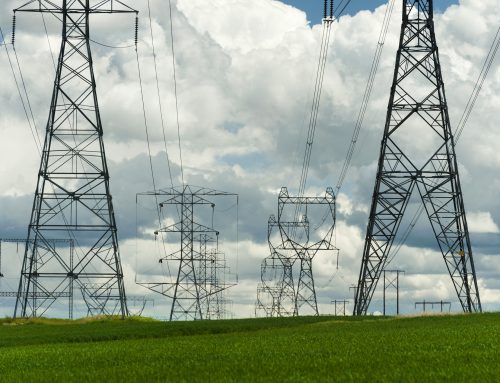Introduction to RSTRENG: Critical for Corrosion Mitigation
By Joe Pikas
In the field of pipeline integrity management, staying ahead of corrosion and metal loss is paramount for ensuring the safety and efficiency of pipeline operations. One of the most reliable methods for assessing the remaining strength of corroded pipelines is the RSTRENG (Remaining Strength of Corroded Pipe) methodology, developed and endorsed by the Pipeline Research Council International (PRCI). Understanding the RSTRENG calculation principles and how they support modern pipeline integrity management is essential for pipeline engineers and integrity professionals.
What is RSTRENG?
RSTRENG is a Level 2 assessment method sanctioned by the Code of Federal Regulations (CFR) 192 Gas and 195 Liquid to determine the remaining strength of corroded pipelines. This method provides a more accurate evaluation than traditional methods like ASME B31G, especially for extensive metal loss and complex corrosion profiles. RSTRENG allows engineers to assess the safe operating pressure, failure pressure, and remaining strength of a pipeline segment, which is crucial for making informed maintenance and repair decisions.
How RSTRENG Calculations Support Pipeline Integrity
RSTRENG calculations consider the corrosion morphology, effective length, and depth, providing a detailed analysis of a pipeline’s condition. This methodology helps in identifying areas that need immediate attention, prioritizing maintenance activities, and extending the pipeline’s operational life. The accuracy and reliability of RSTRENG have made it a preferred choice for pipeline integrity assessments across the industry.
The Importance of RSTRENG+ by Technical Toolboxes
While RSTRENG provides a solid foundation for corrosion assessment, Technical Toolboxes’ RSTRENG+ enhances this methodology with advanced features and automated workflows as a regulatory compliance tool for pipeline corrosion. RSTRENG+ is built on the robust RSTRENG engine, offering additional functionalities that streamline the integrity analysis process and improve accuracy.
Key Features of RSTRENG+ 
- Zero-Out Method: This feature allows engineers to pinpoint all multiple effective areas of corrosion that need repair, using field inspection data to operate at the desired Maximum Allowable Operating Pressure (MAOP)
- Batch Run: An advanced feature enabling the analysis of up to 50 cases simultaneously, enhancing efficiency and decision-making speed
- Non-PRCI Calculations: These calculations include reassessment interval determination and remaining strength calculations (SHELL-92, DNV, PCORRC, API 579), providing flexibility to accommodate various scenarios
- Compliance with Mega Rule: RSTRENG+ ensures adherence to the Mega Rule under the Pipeline and Hazardous Materials Safety Administration (PHMSA), meeting the requirements for traceable, verifiable, and complete (TVC) documentation. To be compliant in meeting the pipeline SMYS material validation requirements Technical Toolboxes is planning to add a checkbox for this purpose.
Why RSTRENG+ is Essential for Corrosion Mitigation
The ability to determine the safe operating pressure, remaining strength, and failure pressure of corroded pipes is crucial for minimizing the risk of catastrophic failures. RSTRENG+ not only accelerates project schedules through its automated workflows but also improves accuracy and confidence in integrity assessments. By reducing manual input and leveraging advanced calculations, RSTRENG+ helps pipeline operators maintain high safety standards while optimizing maintenance costs.
Conclusion
Incorporating RSTRENG+ into your pipeline integrity management strategy is a proactive step towards effective corrosion mitigation. By utilizing these advanced tools, pipeline engineers can ensure the continued safety, reliability, and efficiency of pipeline operations. Technical Toolboxes remains at the forefront of providing innovative solutions that support the evolving needs of the pipeline industry.
By leveraging the expertise of PRCI-endorsed methodologies and the advanced features of Technical Toolboxes’ RSTRENG+, pipeline operators can ensure their infrastructure remains robust and resilient against the challenges posed by corrosion.
For more information on RSTRENG+ and how it can benefit your pipeline integrity management efforts, visit Technical Toolboxes.
Suggested Post
Why API Inspections Still Matter More Than Ever
Why API Inspections Still Matter More Than Ever By Kesley Price In an industry [...]
How Utility Teams are Standardizing Pipeline Calcs
How Utility Teams are Standardizing Pipeline Calcs By Kesley Price Engineering teams working in [...]
GASCalc and GASWorkS are Now Part of Technical Toolboxes
GASCalc and GASWorkS are Now Part of Technical Toolboxes We are pleased to announce that Technical Toolboxes has acquired the [...]











